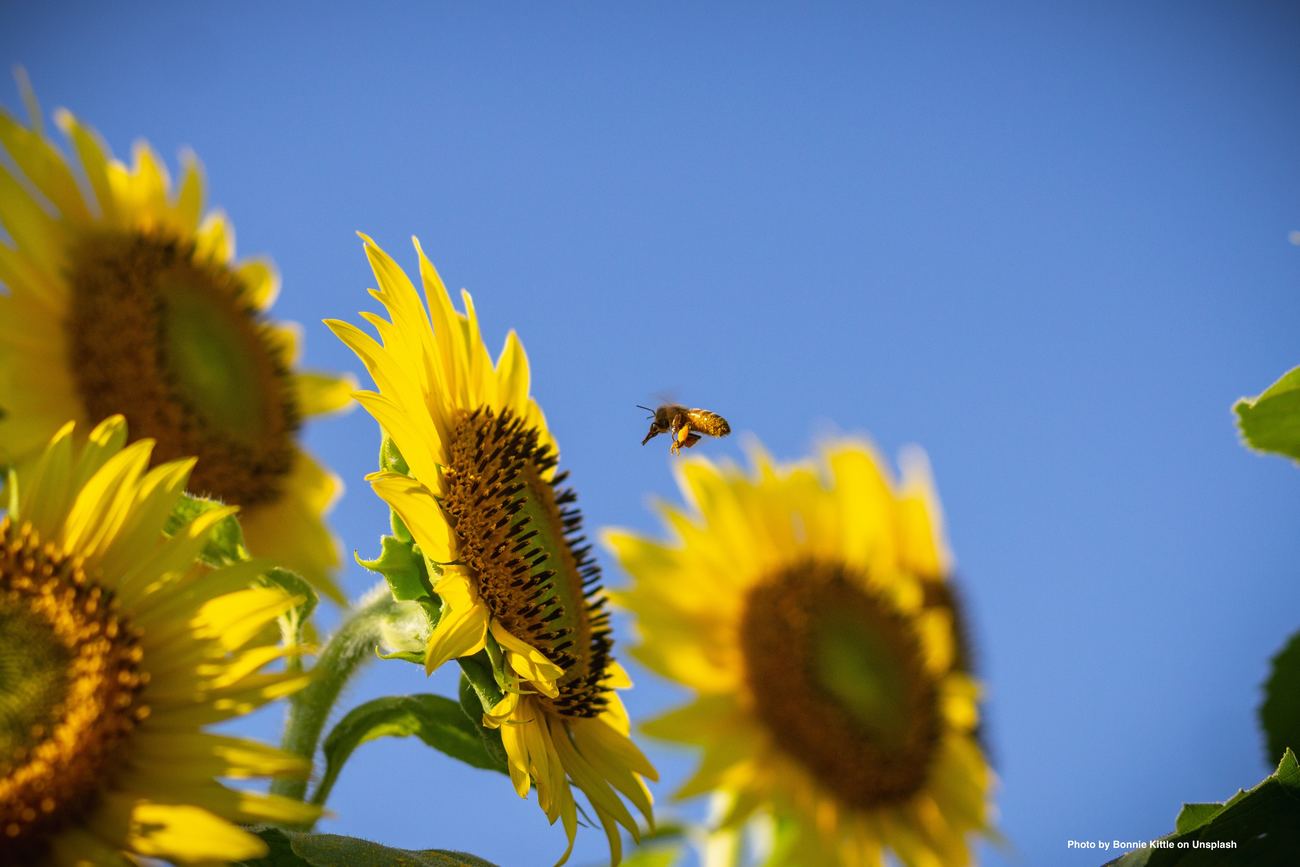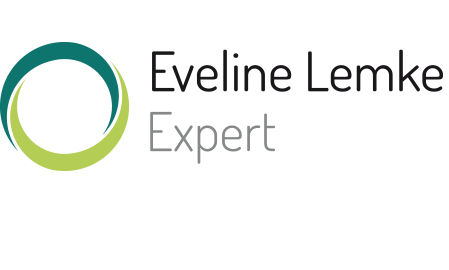
Circle of Life needs Circular Economy. A Definition.
Circularity refers to a circular economy, which is an economic system aimed at making most out of resources. The circular vision is a world without waste. The approach is regenerative and as such in contrast to the traditional linear economy, which has a “take, make, dispose” model of production.
According to the world circularity-gap report, there is a long way to go: Only 9 % of all resources are reused in the economic cycle while 91 % turns into waste after the end of life of the product. Circular economy is a holistic systemic approach.
RESOLVE – the principle in business cases
Circular business-cases are designed according to the RESOLVE principle:
RE – Reduce, Regenerate, Reuse, Refurbish, Recycle,
S – Share,
O – Optimize – use resources effectively,
L – Loop – Close the material or resource loop,
V – Virtualize – digitize and drive circularity,
E – Exchange – Smart solutions, cooperate, exchange knowledge, build networks for circular systems.
Applying the outlined principle for example to carbon recognizes that carbon is waste in the atmosphere and causes climate change. But captured in the soil in the form of humus it can function as fertiliser. Moreover, circular business cases cannot rely on problematic materials and processes. Instead, they avoid poisonous materials as well as rare-earth materials.Answers to these problems include the substitution of fossil-based plastic with plastics based on plant material from organic agriculture moulded in self-rotting plastic. A further solution relates to the much-discussed production of batteries which can use designs that are free of poisonous or seldom materials.
Circularity pushes our zero-emission future
Circular Economy is most relevant to our zero-emission future. The energy transition from fossil and nuclear energy sources to a 100% renewable energy system is just the beginning of the circular economy. The transition to a fully Circular Economy including the use of materials can follow the same principles.It will be driven by people and community matters as well as education, innovation, and engagement. Circular Economy creates regional and decentralized solutions to urgent environmental problems and, successfully implemented, will create sustainable solutions for the people. But Circular Economy is more diverse than just the energy transition, since the material resources involved are more numerous. The chemical legislation in Europe REACH lists more than 2000 different resources. And off course in each product the resources can be combined, glued or screwed together.
The pure numbers of diverse materials show the dimension and challenge we face in the Circular Economy but it offers as many chances as biodiversity has created species. Examples of the “Urban mobility strategy” from Stockholm, Sweden, are already being copied, aiming at largely pedestrian cities, while pushing also public transport and bike-riding. A clear framework and strategy is necessary, like in Seoul, South Korea, where food waste was reduced from 98 % to only 2 %. On the community level we can watch Kaminkatsu, Japan, to become a zero-waste community, having installed a Zero Waste Academy to train people. Or you can travel to Venlo, Netherlands, to visit the heart of the cradle-to-cradle innovators, where a big town transforms their entire life, their consumption and production according to eco-design-principles of the Circular Economy. Similarly, in Chennai, India, the project Kabadiwalla Connect strengthens new supply chains that use waste as a resource and supports the growing self-organization of waste pickers.
The necessity of the circular economy become clear with plastic pollution in our oceans and food, air pollution by traffic in our cities or industrial waste that pollutes our soils. Our cities are growing, and so is waste in a linear economy. Applying the principles of the circular economy in the cities is necessary to reduce people’s pain by pollution and raise their quality of life. As citizens can see and feel the improvement, they will help achieving further steps in the transition process. We have just begun the transition. Become part of it!
Eveline Lemke, Hans-Josef Fell



No Comments